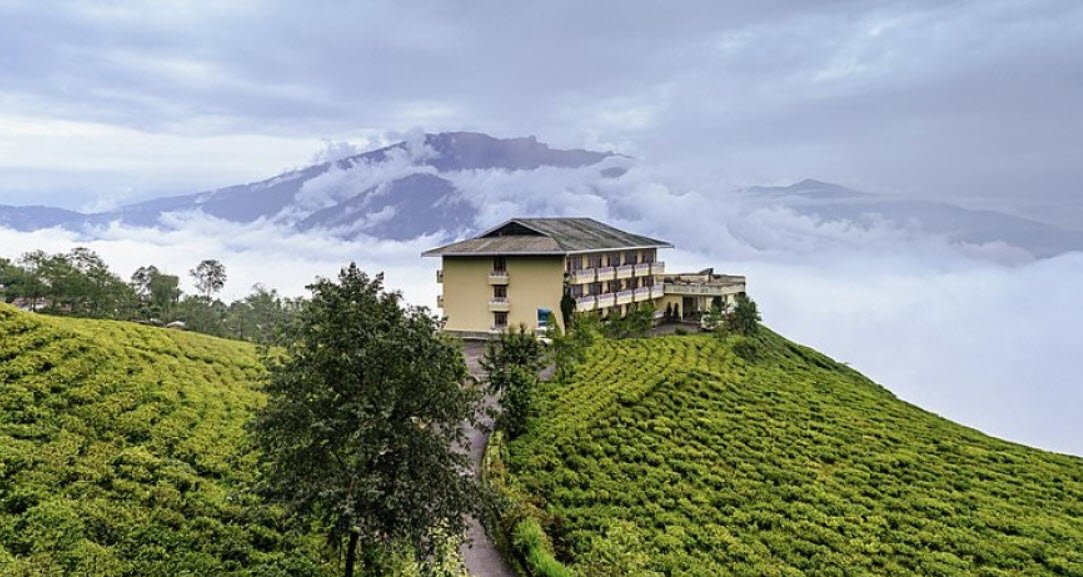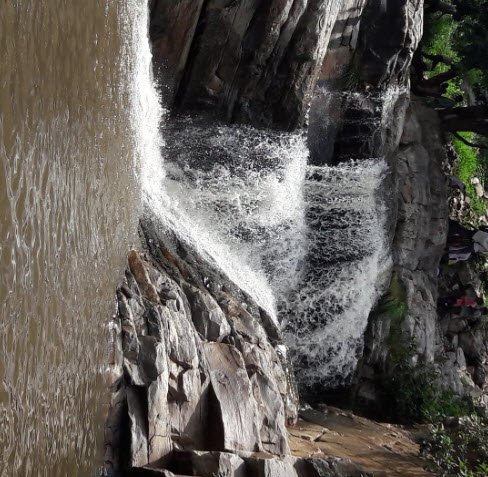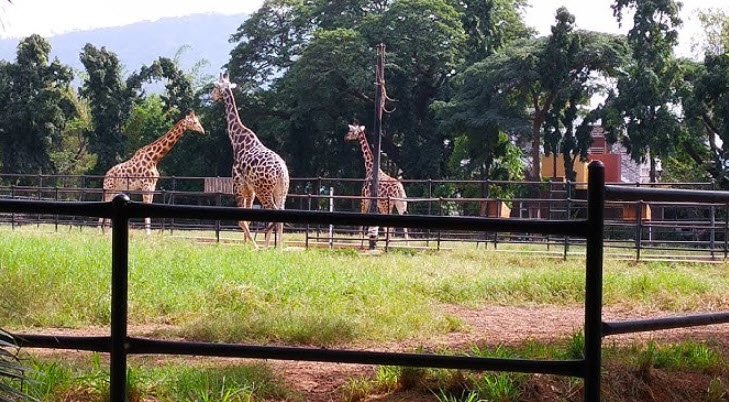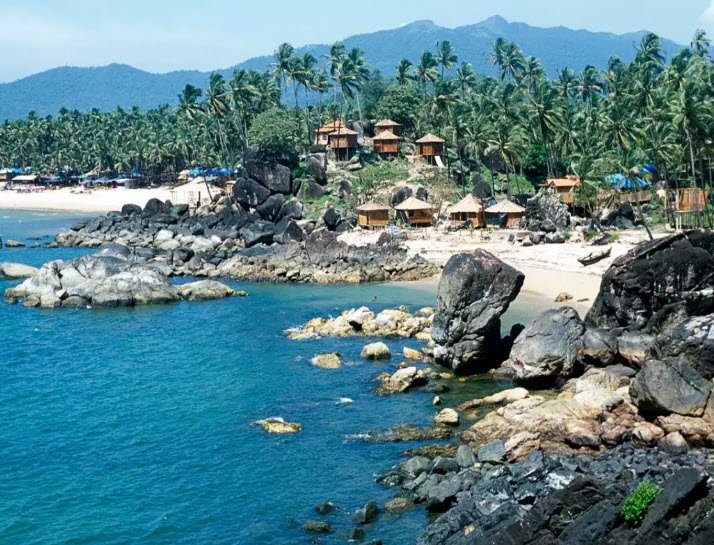
Dhauladhar
Tourist Attraction
Dhauladhar
The Dhauladhar Range is a majestic part of the Middle Himalayas, located in Himachal Pradesh. This range begins near Dalhousie in the northwest and extends to the vicinity of the Beas River in the Kulu district. The Dhauladhar peaks are known for their steep rise and snow-capped summits, creating a stunning backdrop for the Kangra Valley.
The highest peak in the Dhauladhar Range is Hanuman Tibba, standing at 5,982 meters (19,626 feet) above sea level. Other notable peaks include Mun, Manimahesh Kailash, Gauri Junda, and Christmas Peak. The range is composed mainly of granite, with slate, limestone, and sandstone formations on its flanks.
The Dhauladhar Range is a popular destination for trekkers and mountaineers due to its challenging terrain and breathtaking scenery. The region is also home to rich flora and fauna, with meadows providing grazing grounds for Gaddi shepherds.
FAQ (Frequently Asked Questions)
Dhauladhar is located in Chamba, Himachal Pradesh.
No, Vushii.com is an informational website that helps users explore and learn about different destinations in India. While we don’t offer bookings, our content can help you plan your trips better.
Yes! We offer detailed travel guides that include must-visit places, historical significance, best times to visit, and local attractions to help travelers make the most of their trips.
We strive to keep our content updated regularly to provide accurate and relevant travel information. However, we recommend checking official sources for the latest updates on entry fees, timings, or travel restrictions.
Currently, our content is created by a dedicated team of researchers and writers. However, if you have valuable insights or corrections, you can contact us through our website.
You can reach out to us through our Contact Us page or email us at contact@vushii.com for any queries or suggestions.
Yes! We encourage users to share our content with friends and family. You can use the social media sharing options available on our website.














